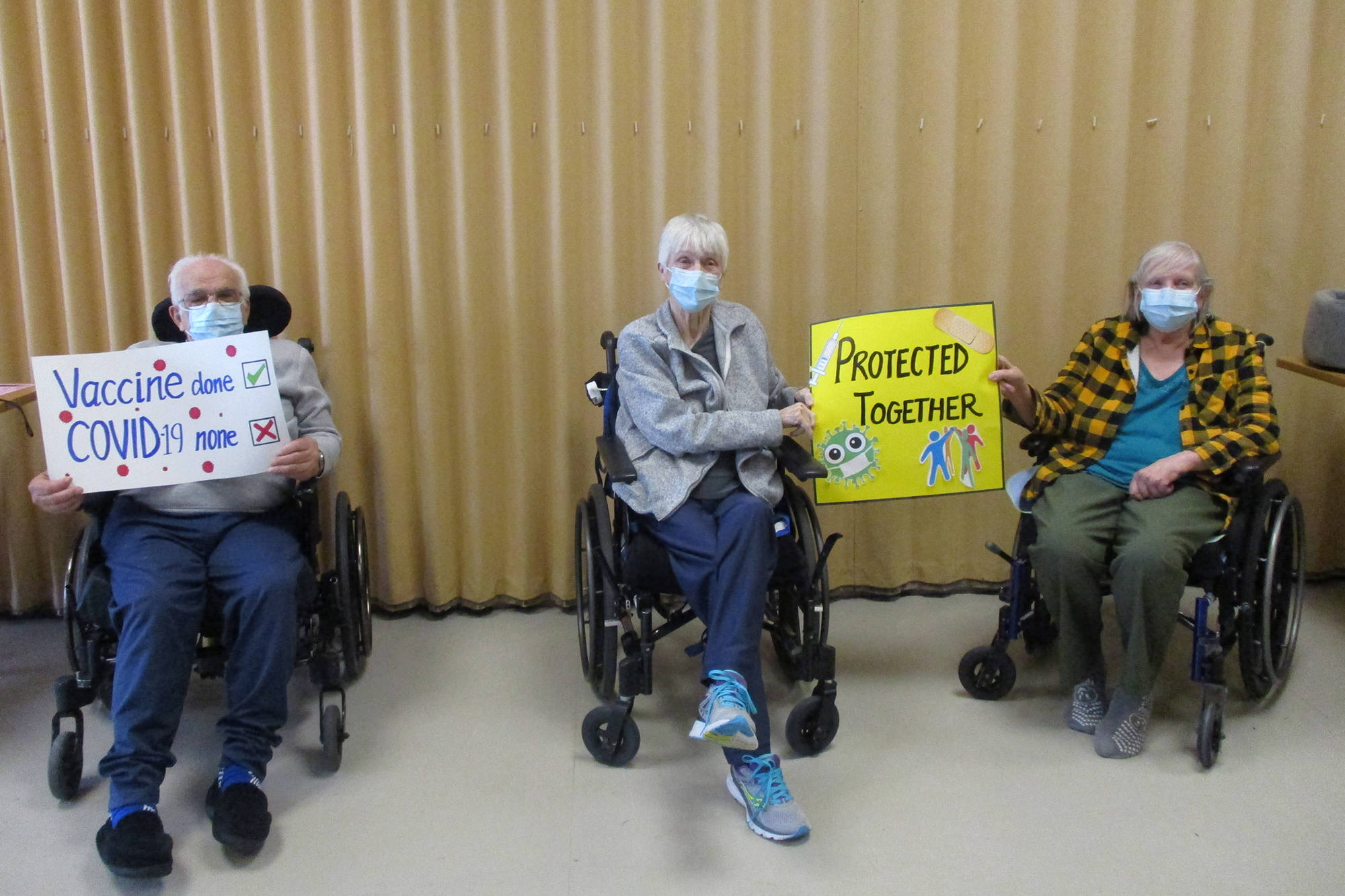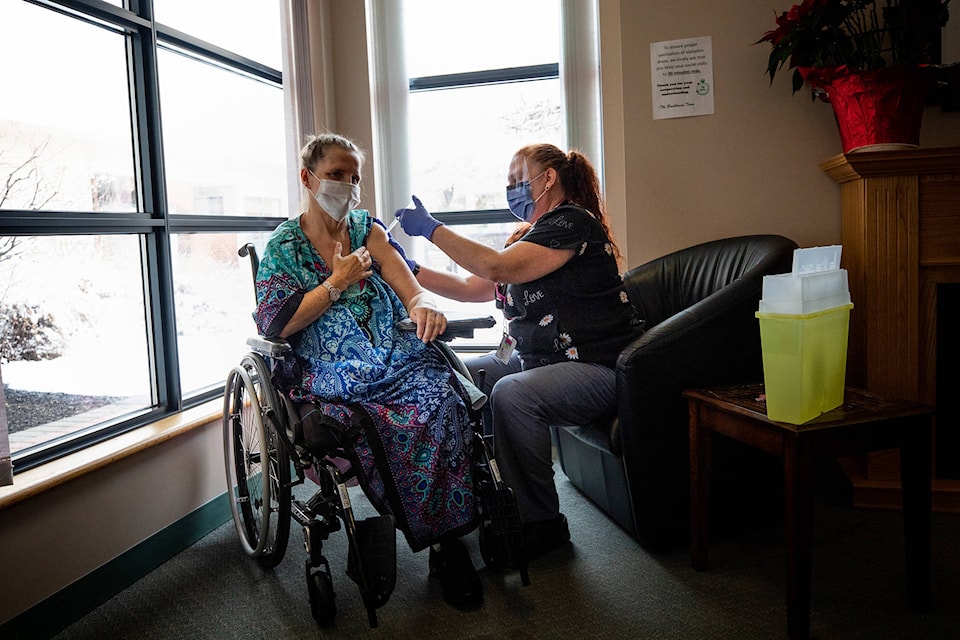Health teams in Interior Health reached a milestone, today (Jan.29).
All residents and staff in 124 long-term care homes and assisted living sites, in 38 communities across Interior Health (IH), will have been offered their initial dose of the COVID-19 vaccine.
This marks the completion of the first of many stages in the roll-out of the vaccine in the Interior – the largest vaccine campaign in IH history.
“I think it’s excellent because that means we are starting at least to protect the most vulnerable in our population,” said Interior Health chief medical health officer, Albert de Villiers.
By September, all 700,000 people over 16 years old in the health region should have been offered a jab.
As of Jan. 28, about 20,000 doses have been administered in the Interior so far. Not everyone is choosing to be vaccinated, but IH stated this number is nearly negligible.
“We are finding that our acceptance rate is not 100 per cent. And this is true for all – when we look at historical uptake for immunizations. It’s rare that we would be at 100 per cent,” said Interior Health’s vice-president of pandemic response, Karen Bloemink.
Those who chose not to be vaccinated will be given another chance when second doses are due.
“Even getting one dose, you’ll have very good protection – up to 90 per cent – against the virus,” de Villiers said, adding a second dose would push this to between 94 and 95 per cent.

Now the health authority will continue to focus on completing the vaccinations of acute care staff at hospitals around the region – those in emergency departments, critical care and in-patient units.
With a limited supply of vaccines, health teams are juggling resources while trying to figure out where doses should be allotted. When the outbreak started at Royal Inland Hospital in Kamloops, more vaccines were assigned to that effort, pulling some away from other parts of the region.
Both the Pfizer and Moderna vaccines are being administered, but cannot be mixed. If you start with Pfizer, your second dose 42 days later must also be Pfizer. Moderna is being administered to more remote communities and centres, as it is easier to transport, as the Pfizer vaccine must be kept at extremely cold temperatures.
For Bloemink, the sheer magnitude of this vaccine campaign has set it apart from others in the past. This, as well as the storage difficulties, issues with supply, and the possibility of outbreaks requiring vaccinations, have been hurdles for health teams to overcome.
A challenge going forward, de Villiers explained, will be keeping people motivated to get a vaccine. As more are vaccinated, he anticipated fewer people will get sick, and fewer will die, and that may lead to complacency. However, he said it’s important as many people get vaccinated as possible.
“We’ve got the most vulnerable people protected, now let’s keep on going.”
Health experts still stress that everyone should continue to be safe and follow health guidelines.
“Yes, we are starting to protect the most vulnerable people, but there’s still a lot of other people that can get sick. Let’s hope by the summer, by the fall, we will be able to start relaxing some of these measures and get back to a little bit of normal again.”
To learn more on the timing of the vaccine roll-out, eligibility, or ask questions, visit
READ MORE: B.C. announces 514 new COVID-19 cases, 5 additional deaths
READ MORE: Couple faces struggle after baby tests positive for COVID-19
Do you have something to add to this story, or something else we should report on? Email: phil.mclachlan@kelownacapnews.com
Like us on and follow us on .



